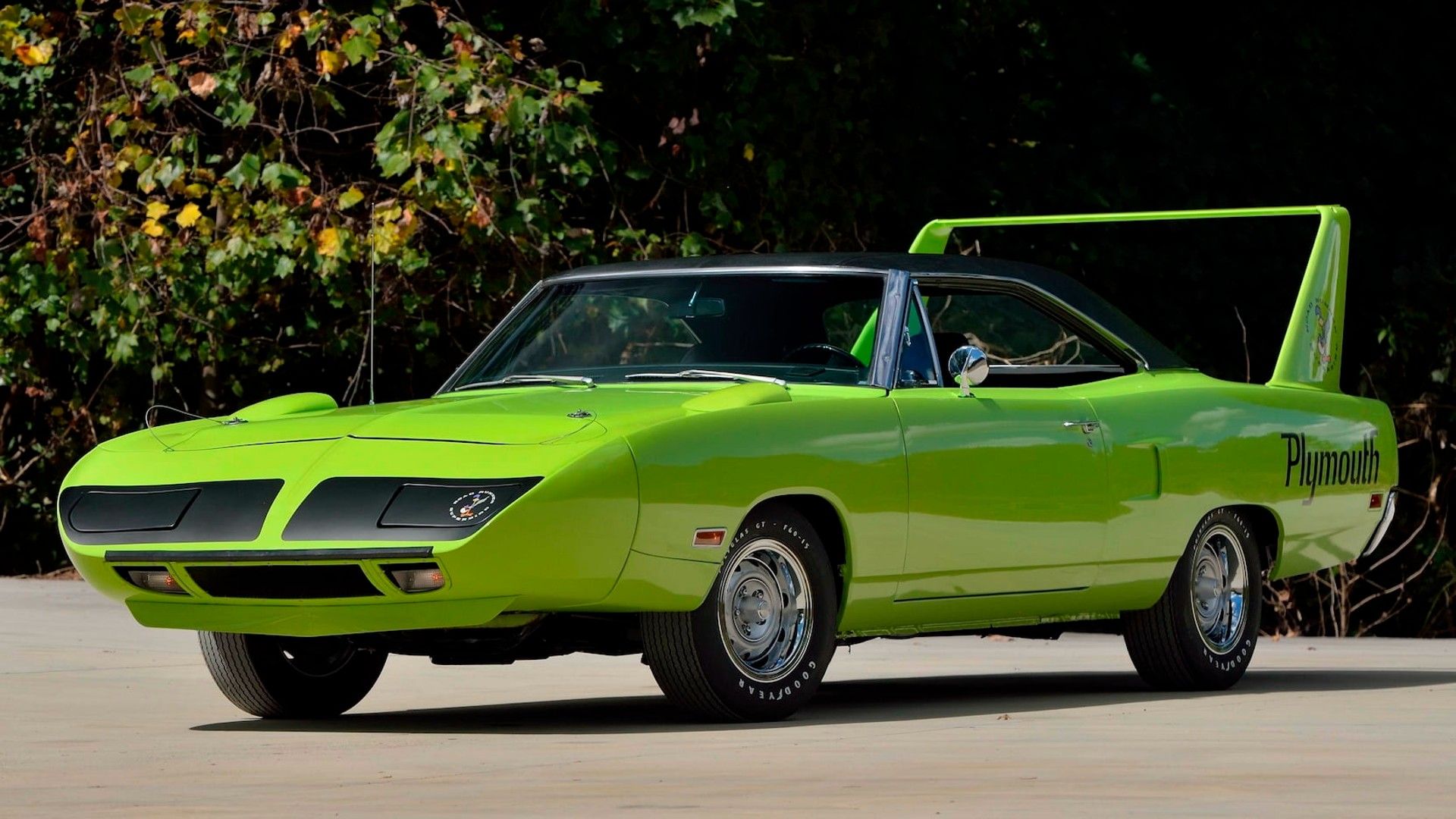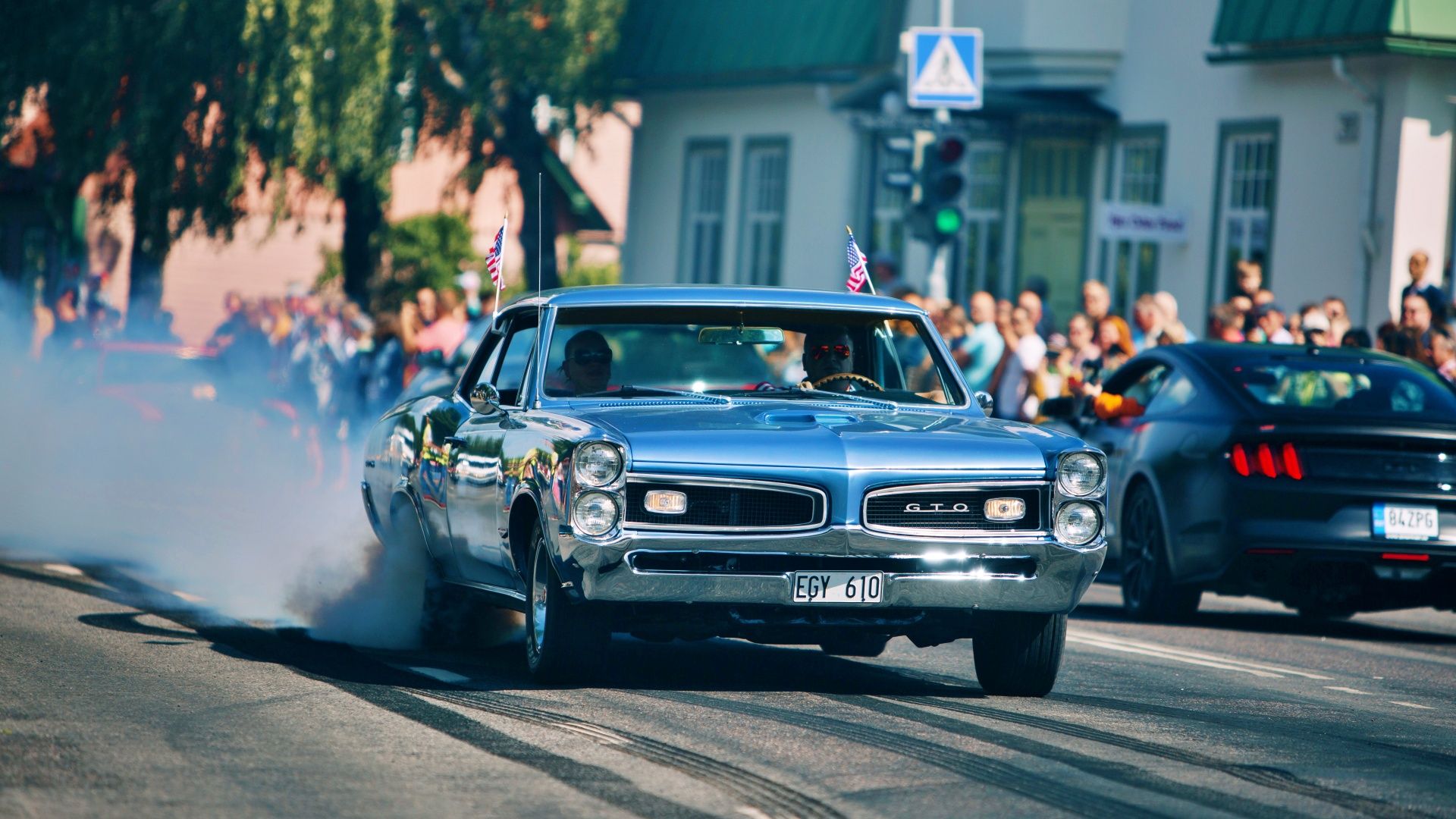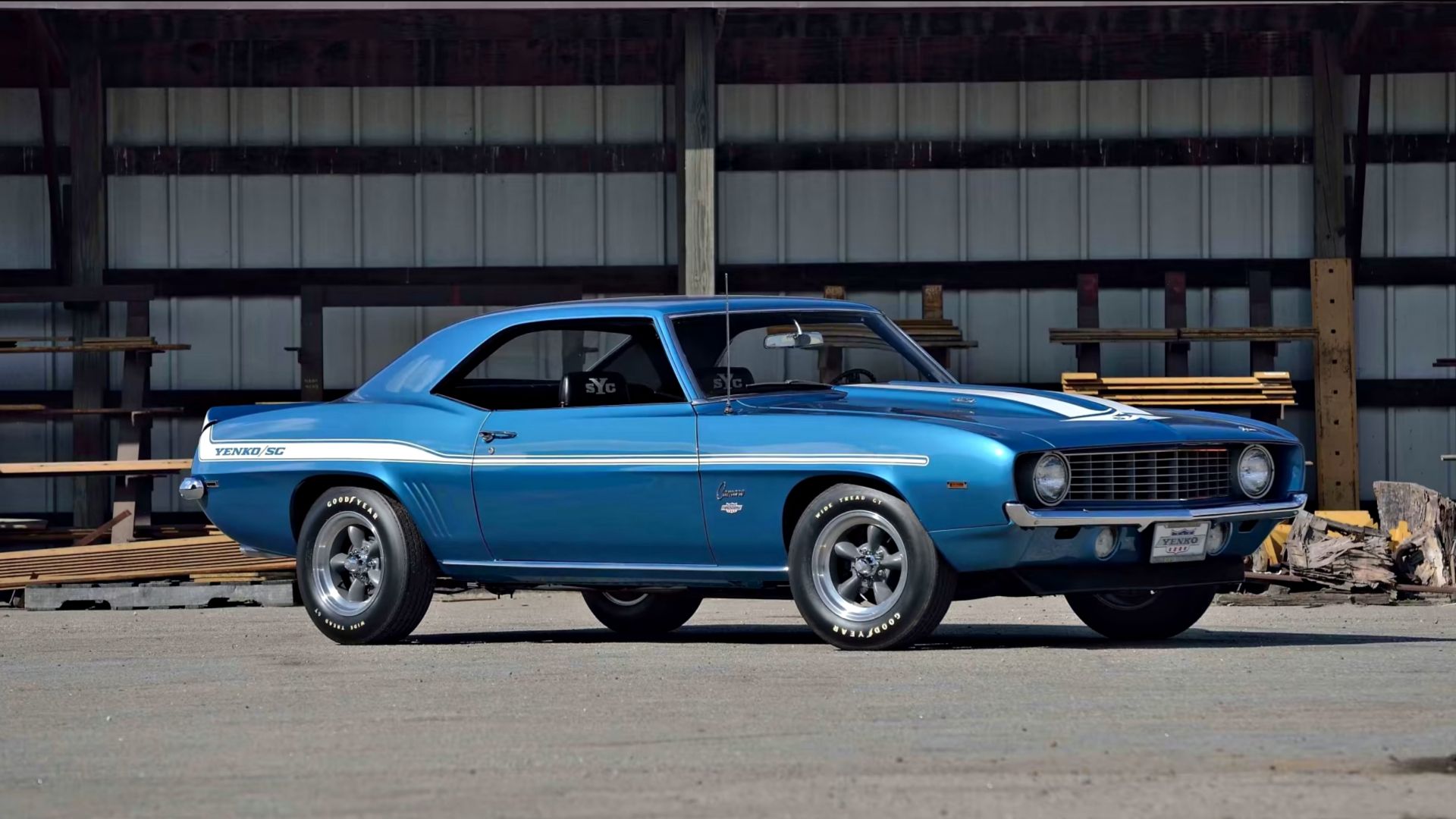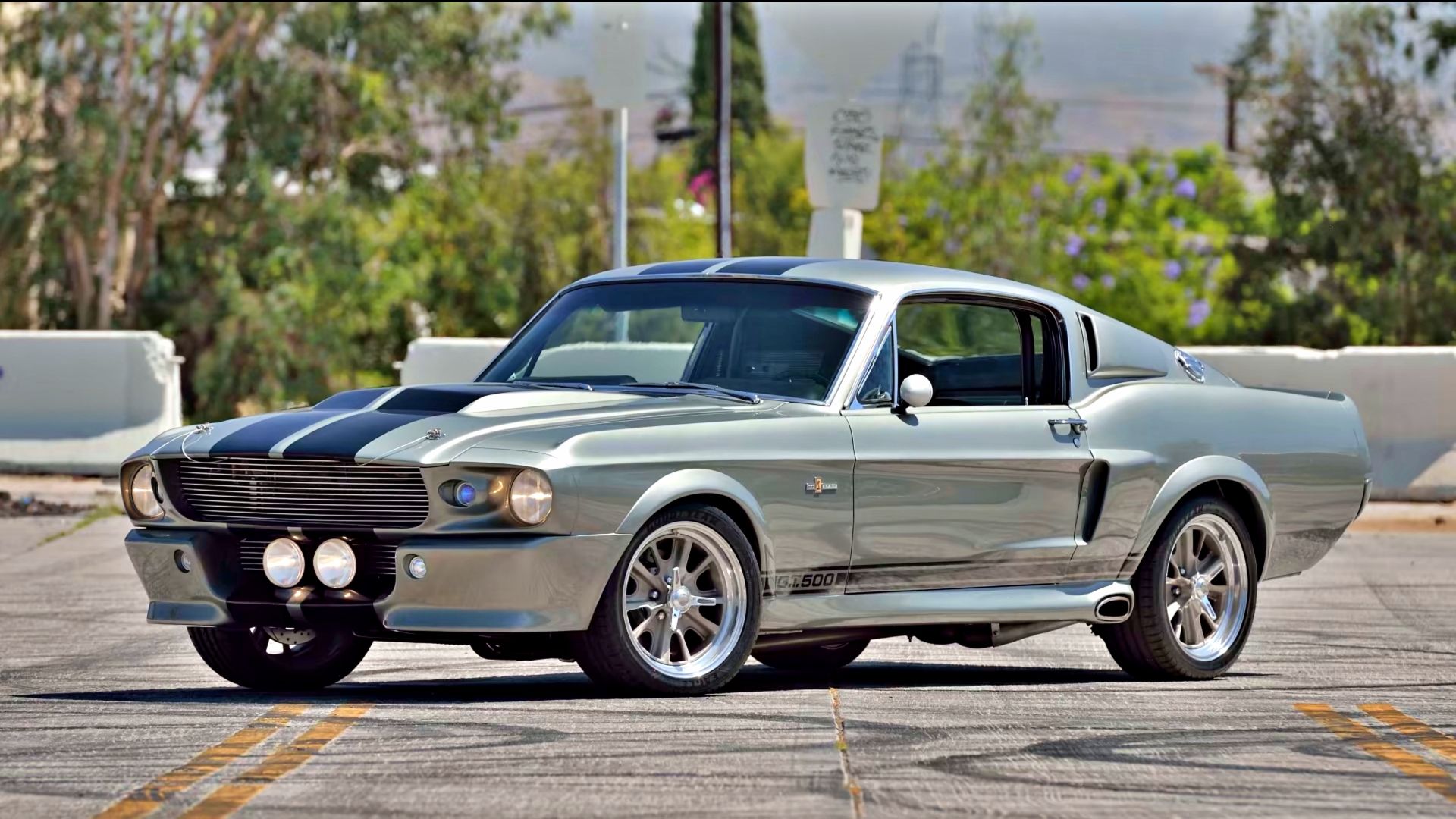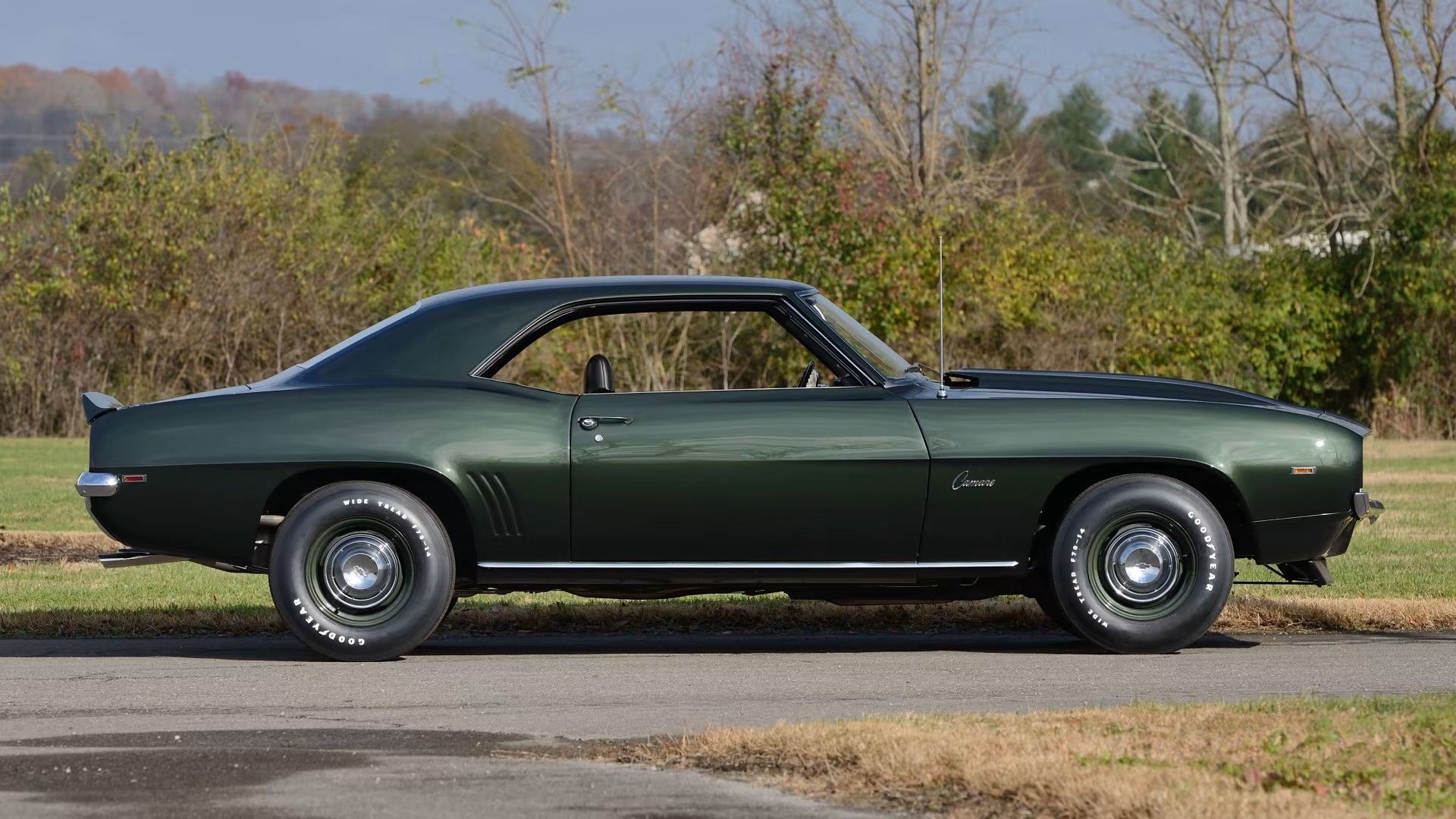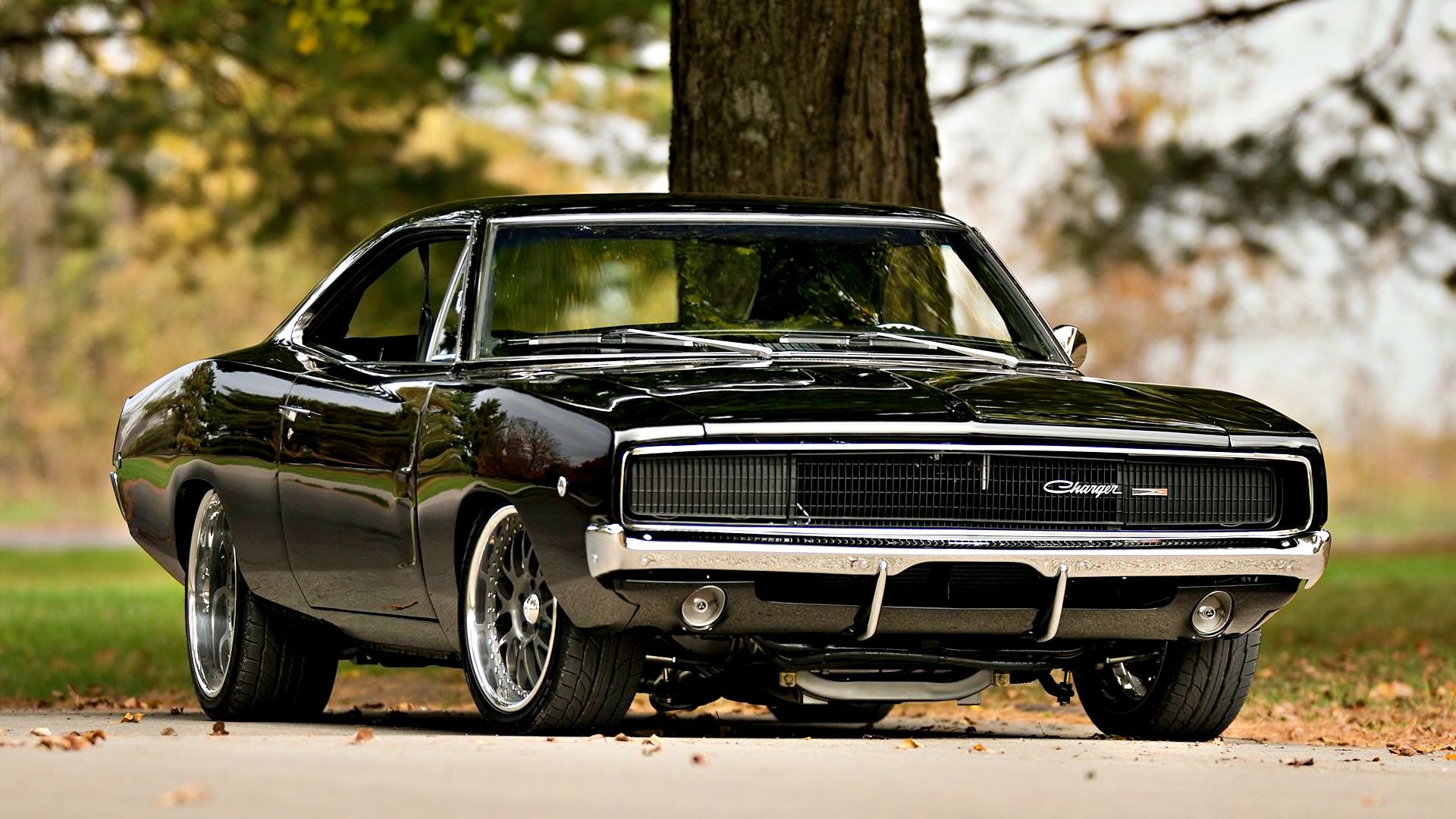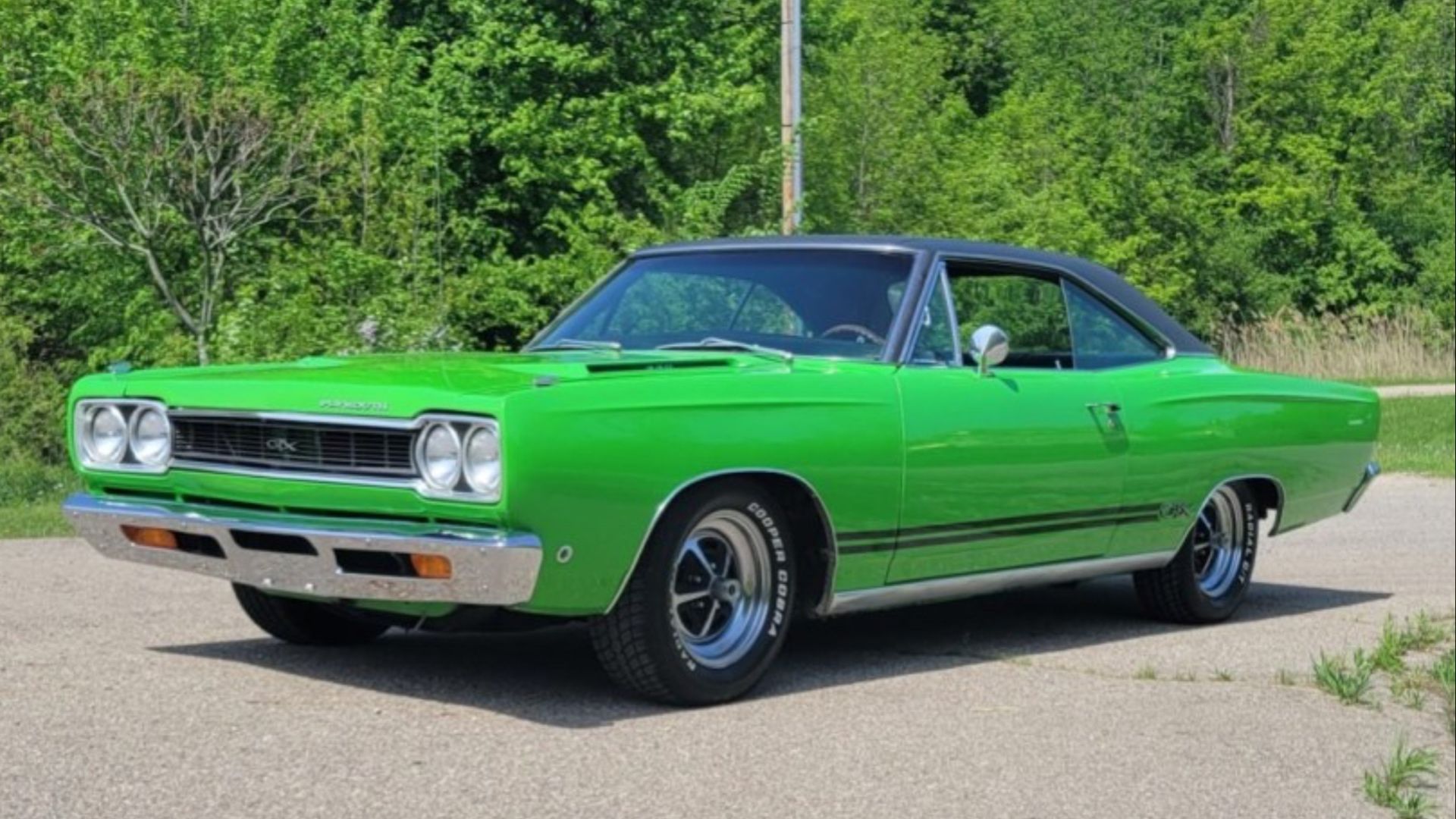Summary
- Muscle cars were a significant part of American automotive history from the 1960s to the 1970s, known for their powerful engines and raw speed.
- The era of muscle cars declined in the late 70s due to factors like the Clean Air Act and Oil Crisis but experienced a resurgence in the mid-2000s.
- Old muscle cars are now appreciated for their raw power and speed, leading to a growing demand in the market, but they can be expensive to maintain and repair.
Muscle cars represented a time in America’s automotive history from the 1960s to the 1970s when performance was at an all-time high. This was a period where American performance cars stuffed the biggest and most powerful V-8 engines available into the smallest cars in their lineup. The goal was to make some of the fastest cars in the world.
But this era ended in the late 70s due to a myriad of reasons but most notably the Clean Air Act and Oil Crisis. This led to a complete decline in the power-crazed era of muscle cars. There was a resurgence of this segment in the mid-2000s, but it was not the same as the old cars.
These older cars are now being appreciated once more for their raw power and speed. Many are being bought and restored to their former glory and now seems to be the best time to get an old muscle car. So let’s take a look at the history of these cars and see why people are getting into them now.
Muscle Car Origins
There’s been a lot of debate on which car was truly the first Muscle car. Many consider the 1964 Pontiac GTO to be the very first Muscle car but some argue that the 1949 Oldsmobile Rocket 88 was the first muscle car. This was because it already had the characteristics of the 60s muscle cars which were:
- A V-8 engine; at least 303 cubic inches (five liters)
- Rear-wheel drive
- Made in the United States (1960s-early 1970s)
- A relatively lightweight two-door coupe
- Affordable price of around US$2,500 (equivalent to $19,700 in 2023)
- Straight-line performance for street/drag racing
The Rocket 88 had most of these qualities but at the time the term muscle car wasn’t even used yet. Most of these cars were known as supercars because of their performance. But the term Muscle car was first used in 1965 on the Pontiac GTO and that is why it is referred to as the first Muscle Car.
Muscle Cars Vs. Classic Cars
These cars were known as Muscle cars because of their focus on straight line speed as the most important feature. The big engine in front puts a lot of weight over the front of the vehicle which didn’t allow them to turn very well. Unlike the supercars of the time which had good handling, these cars need to be driven with a bit of force and power slides to get them to turn at speed.
Muscle cars can be classic cars but classic cars can’t be muscle cars. Classic cars refer to older vehicles that are more than 30 years old with significant importance. These cars must have been cars that were desired in their day and important in automotive history. Any important car that’s more than 30 years of age can be classified as a classic car, these include:
- Luxury cars
- Pony cars
- Sports cars
- Supercars
- And Muscle cars
Iconic Muscle Cars
Most American manufacturers made a lot of muscle cars in this era which makes it difficult to pick one as the most iconic. We have the Dodge Chargers and Challengers, high-performance Mustangs and Camaros, and even offerings from Plymouth and Pontiac. While one car can’t be crowned as the most iconic muscle car, these are some of the most iconic muscle cars in history from each manufacturer.
- Chevrolet: Camaro SS and ZL1, Yenko Camaros, Chevelle SS, and Nova SS.
- Ford: Boss 302, 429, Mach 1, and Shelby Mustangs.
- Dodge: Charger, Challenger, Charger Daytona, Super Bee, and GTX.
- Plymouth: Barracuda, GTX, Roadrunner, Superbird.
- Pontiac: Firebird, GTO.
- Oldsmobile: 442 and Cutlass.
Some of these cars are so iconic that they’re still being featured in modern movies today. Cars the Ford Mustang Boss 429 used by John Wick, Dodge Chargers used by Dominic Toretto in Fast and Furious, and the Custom Shelby GT500 (Eleanor) used by Nicolas Cage in Gone in 60 Seconds. These cars were fast for their time and can still keep up with most cars today.
How Fast Were Old Muscle Cars?
As we’ve established, these cars were built for speed and can still keep up with most performance sports cars of today. But they would get dropped past 60 MPH compared and had much slower top speeds with most cars topping out at 130 MPH. But a great example of how fast these cars were is the 1969 Chevrolet Camaro ZL1:
1969 Chevrolet Camaro ZL1 Specifications
Engine | NA V-8 engine |
|---|---|
Displacement | 7.0 liters |
Horsepower | 430 horsepower |
Torque | 450 pound-feet |
Transmission | Four-Speed Transmission |
Drivetrain | Rear-Wheel Drive |
0-60 MPH | 5.3 seconds |
Top Speed | 125 MPH |
Although it is not a true blue muscle car, one of the fastest cars at the time were the Shelby Cobras, made from 1962-1967. These vehicles used Ford Engines and were built and tuned by the Late Carroll Shelby first in the U.K. as AC Cobras and in the U.S. as the Shelby Cobra. These were much more scary to drive than the big-bodied Muscle cars. They had no roofs and no form of safety aids and many a few owners had some gruesome deaths in these cars.
They also made big power for little cars that weighed just over 2000 pounds (920 kilograms). The least powerful made 260 horsepower and the mere powerful 427 Cobras made 485 horsepower with a top speed of 185 MPH in the 1960s.
Shelby Cobra Engine Specifications
Engine | NA V-8 engine |
|---|---|
Displacement | 4.3 liters-7.0 liters |
Horsepower | 260–485 horsepower |
Torque | 269-480 pound-feet |
Transmission | Three/Four-speed manual |
Drivetrain | Rear Wheel Drive |
0-60 MPH | 4.5-3.8 seconds |
Top Speed | 125 MPH-185 MPH |
How Much Do Old-School Muscle Cars Cost?
Prices for these cars have skyrocketed to unbelievable values in recent years. In the 1970s, these cars cost under $5,000 with a few just above that which is just under $40,000 in 2023. European counterparts at this time cost well over $20,000 ($157,000) in the same period. These made the American cars performance bargains, but things changed in the 1970s.
Events like the Clean Air Act, Oil Crisis, Increasing Insurance rates, and safety concerns killed the thriving muscle cars. While many Muscle cars were revived in the mid-2000s they did not focus on just straight-line speed but also handling. This gave them sports car-like characteristics which have diluted the muscle car features of the older cars.
Most American performance cars are now sports cars, Only Dodge still seems to follow the Muscle car ethos with powerful Challengers and Chargers. This is one of the reasons people are looking to buy older muscle cars as they offer the raw thrill of a muscle car. If you’re in the market for one of these then you need to pick one up soon as possible as prices are climbing.
Prices for these gems now start at $50,000 for ones that need a lot of work and more than $200,000 for clean ones. Some special cars even sell for more than $1 million in pristine condition. But there are still some old muscle cars that can be gotten at an affordable price.
Are Old Muscle Cars Expensive To Maintain And Repair?
Depending on rarity, old muscle cars can be expensive to maintain, but this depends on the condition they’re in. Many of these cars are now more than 50 years old and will need a lot of parts replaced. You may also need knowledgeable mechanics who can service and work on these cars as none of them have modern diagnostics systems.
They also run on carburetors which is ancient technology and unless you plan on switching to injectors, you need someone who can tune it properly. Most mechanical parts are simple but not available as they’re out of production. Some manufacturers and aftermarket outlets still try to make parts for these cars, but finding replacements are hard and pricey.
Is Restoring An Old Muscle Car Worth It?
To the right person it is, most people who are buying these cars are older men/women who grew up longing for these cars. They can finally afford to buy and restore their dream cars to their former glory no matter the cost. This has made prices continue to rise since they’re willing to pay the necessary price to acquire their childhood dream ride. There’s also a huge push now to restore and preserve this important part of American automotive history. So if you want one of these you better start looking to purchase one before they’re way out of your reach.

